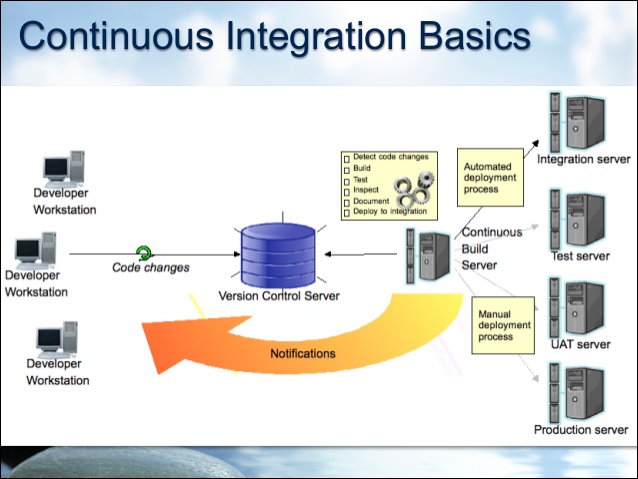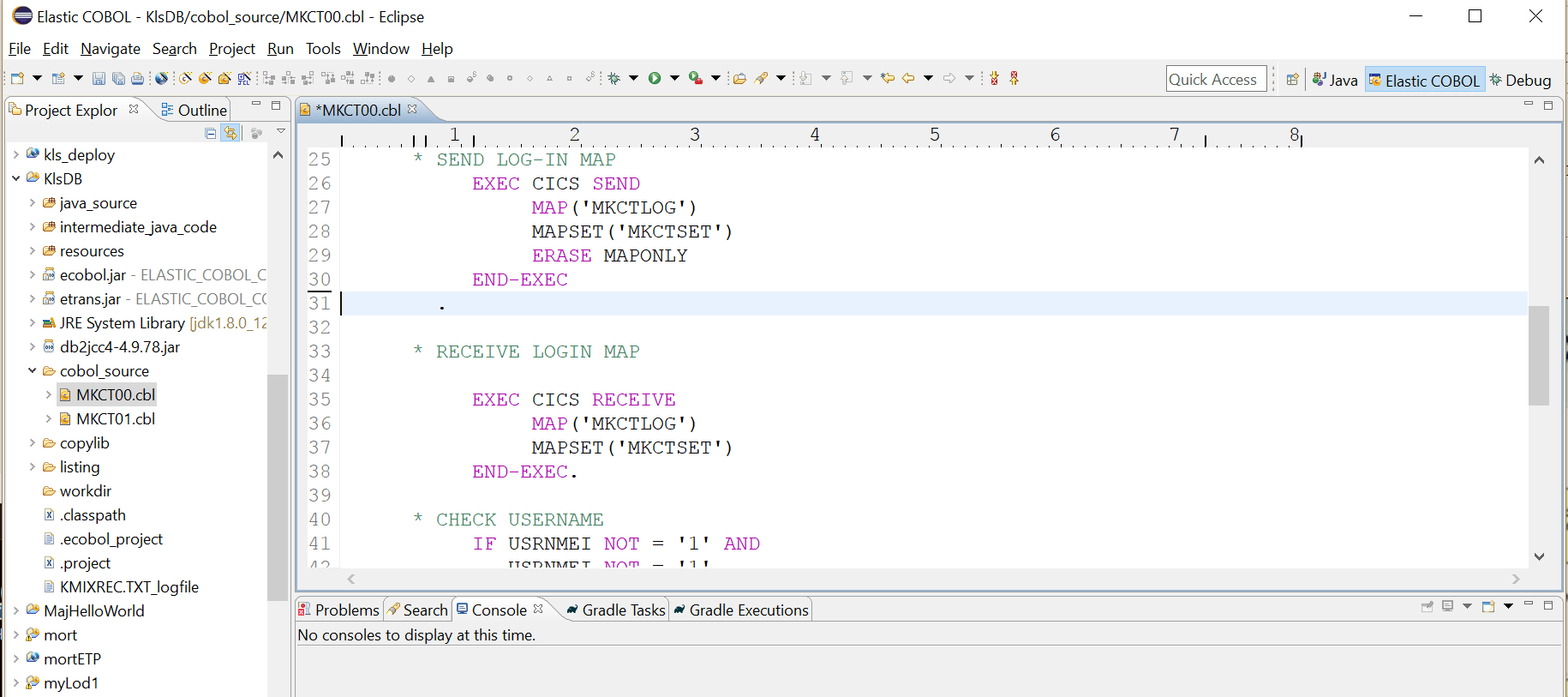CI/CD with COBOL and CICS
December 4th, 2017Introduction
Reading about Continuous Integration, Continuous Deployment (CI/CD), unit testing, etc., all seem a million miles away from daily life on the Mainframe.
In fact, there is a basic question to be answered for all projects, “Why do we need to do continuous integration?”. Agile guru Martin Fowler puts it best (he usually does) when he says:
Continuous Integration is a software development practice where members of a team integrate their work frequently; usually, each person integrates at least daily… Each integration is verified by an automated build… to detect integration errors as quickly as possible.
Large software projects are plagued with integration issues, developer 1 changes code and breaks developer 2’s code. If you are not following a continuous integration approach, this will only be discovered near release, resulting in many late nights for the developers and even more grey hairs for the project owners. It is at this point that coding standards fall precipitously, and “hacking” a change to “make it work” can ensure that the next project delivery starts with, often, severe technical debts. Unless you are the US government, this debt will have to be paid, resulting in longer release cycles and missing features.
At Heirloom, we develop our products and our code every single day following industry best practices and are extremely proud to call ourselves agile.
That’s great for Heirloom as a commercial software development company producing a completely automated mainframe workload migration platform, but what about our customers?
Well, our tooling enables our customer’s mainframe code to fit into industry best practice CI/CD environments and processes just like the one below. Because mainframe code compiled with Heirloom runs on the Java VM, we are in a great position that we can utilize all the Java infrastructure that has been built in the last few years to support enterprise application development.

How Do We Implement This?
Let’s start with the developer workstation. Heirloom is delivered as both a development environment and a Java framework.
The development environment is an Eclipse perspective. We add COBOL and PL/1 as fully supported languages to the industry-standard Eclipse development environment.

We can follow a full development cycle here:
Edit … Compile … Debug … Test … Commit
The code being worked on in the image above is a standard CICS application presenting a BMS screen to the user. With Heirloom, BMS screen definitions are automatically transformed into HTML5 templates, with the initial template design mimicking the green screen that mainframe users are familiar with. See an earlier post for a typical green screen sample program Mainframe Migration? Why?
The version control system (VCS) that we use at Heirloom is Gitlab (we used Bitbucket before that, and our clients have used similar hosted services or their own internal repositories).
The Continuous Build Server that we use runs the Jenkins open-source automation server.
All our notifications back to the developers are done using Slack channels.
So what is the process flow?
- Developer makes and tests code changes in eclipse and commits them to the VCS
- A notification is sent to a slack channel, visible to all developers

- The Jenkins server is also notified of the change, checks the code out of the repository, and starts the build, test, and deploy process. Our build pipeline looks like this:

- When all the tests are run, Jenkins pushes the newly created artifacts to our overnight build area and creates versioned artifacts in a maven repository. Jenkins then notifies the developers that the build was good (or not) on a different slack channel.

Summary
Heirloom migrates not just your mainframe code to a new platform, the Java VM. It also enables you to transform your developer and integration processes. When you use Heirloom, your mainframe projects and developers are now citizens of the open systems world and can adopt industry best practices for continuous integration and deployment.
A pre-requisite that many people may have noticed for all this to work is that there is a set of tests that can be run automatically as part of the build and integration process, and that is the topic for the next article.
Privacy Overview
| Cookie | Duration | Description |
|---|---|---|
| cookielawinfo-checkbox-analytics | 11 months | This cookie is set by GDPR Cookie Consent plugin. The cookie is used to store the user consent for the cookies in the category "Analytics". |
| cookielawinfo-checkbox-functional | 11 months | The cookie is set by GDPR cookie consent to record the user consent for the cookies in the category "Functional". |
| cookielawinfo-checkbox-necessary | 11 months | This cookie is set by GDPR Cookie Consent plugin. The cookies is used to store the user consent for the cookies in the category "Necessary". |
| cookielawinfo-checkbox-others | 11 months | This cookie is set by GDPR Cookie Consent plugin. The cookie is used to store the user consent for the cookies in the category "Other. |
| cookielawinfo-checkbox-performance | 11 months | This cookie is set by GDPR Cookie Consent plugin. The cookie is used to store the user consent for the cookies in the category "Performance". |
| viewed_cookie_policy | 11 months | The cookie is set by the GDPR Cookie Consent plugin and is used to store whether or not user has consented to the use of cookies. It does not store any personal data. |
